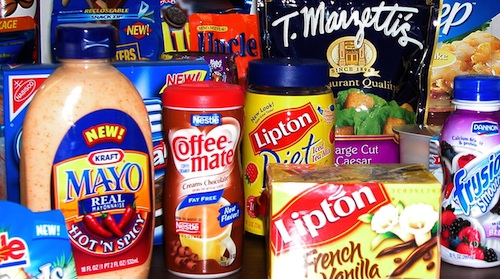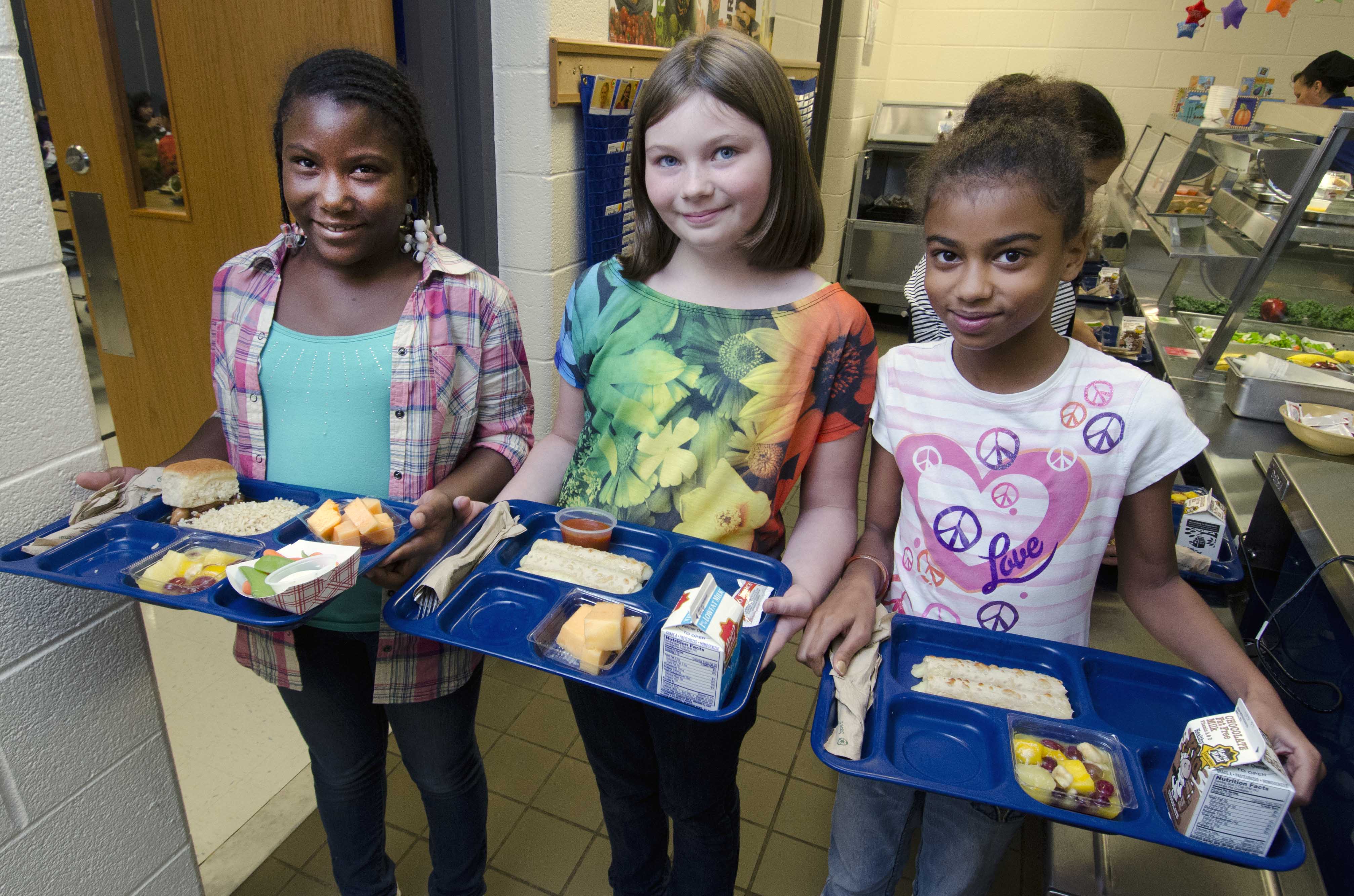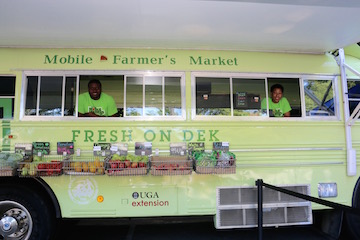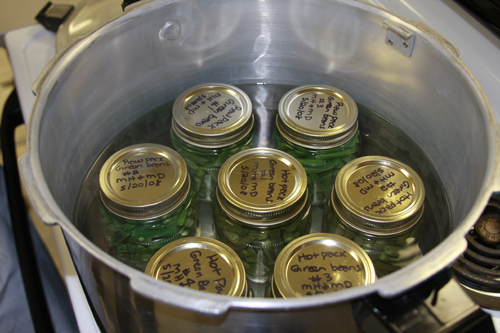Prepackaged lunches are just so convenient and so appealing to kids. But are they nutritious? Are they a good buy? For that matter, are they really easy for your child to take to school?
No, no and no, says a University of Georgia nutritionist.
"They're pretty low on the totem pole when it comes to lunch foods for school children," said Connie Crawley, a UGA Cooperative Extension food, nutrition and health specialist after a review of products such as Oscar Meyer's Lunchables.
Nutritious? For the most part, "they don't even pretend to be," Crawley said. "Generally, they're very high in sodium, low in fiber and very high in fats, particularly saturated fats."
Some of the products have as much as 50 percent of the daily value for saturated fats. "And that's the daily value for adults," she said. "That's a lot of saturated fat to be feeding a child."
Pros?
Crawley was asked to study the pros and cons of such products but found few pros to point out. "They're a good source of sugar," she offered. Of course, so is candy.
The nutrition content of the products varies greatly, she said, but all on the poor end of the scale. Most are low in calcium, an important nutrient for growing children.
"They have no milk," she said. "Some of the products have chocolate pudding for dessert, but most have some kind of candy. Some have cheese, but it's processed cheese."
Prepackaged lunches are notable for what they don't have. "They generally have no vegetables, if you don't count salsa, and no fruit," she said. "The drinks are mostly sugary fruit drinks instead of fruit juice."
What they have is a lot of processing. Nutritionists tend to be leery of food products with more than five ingredients. "Some of these have 30," Crawley said. "They're highly processed."
All that processing isn't cheap, either. The products Crawley checked were $2.50 apiece if you bought two. "You can buy a lot of good food for $2.50," she said.
For the cost of these products, she said, the buyer gets more package than food. "You're definitely not getting a bargain," she said.
But Crawley sees an obvious flaw in even the fancy packaging. "Most of them need to be kept cold, but they wouldn't fit easily into any insulated lunch box," she said.
Besides all that, "they're not even appetizing," she said. "And they're hard to eat without making a mess."
So what's a parent to do? "First, establish good eating habits at home," Crawley said. "Eat plenty of fresh fruits and vegetables and fewer salty foods."
Then when you pack your child's lunch, include some raw vegetables such as carrots, celery, broccoli, cauliflower and cherry tomatoes. "Kids will enjoy those if they grow up eating them," she said. "And fruit is one of the most portable foods there are."
Include nonfat or low-fat milk with a cold source in an insulated lunch box, she said. Or have your child get milk at school.
Leftovers can be good lunches, too. So can a cheese sandwich, peanut butter and jelly or a bagel with cheese. "Kids like plain, basic foods with some variety," Crawley said.
That's not the fare in prepackaged lunches. Checking for nutrition information on Lunchables, Crawley visited the product Web site, www.kraftbrands.com/lunchables/index.aspx?area=HOME. But it offers no nutrition information and hardly anything even about Lunchables.
"It doesn't say anything about the food at all. There's nothing there but video games for kids," she said, laughing. "The home page does have a little food pyramid icon, but when you click on www.kraftbrands.com, you leave the site.
The site seems to say, "Want to know about nutrition? Don't look here."





